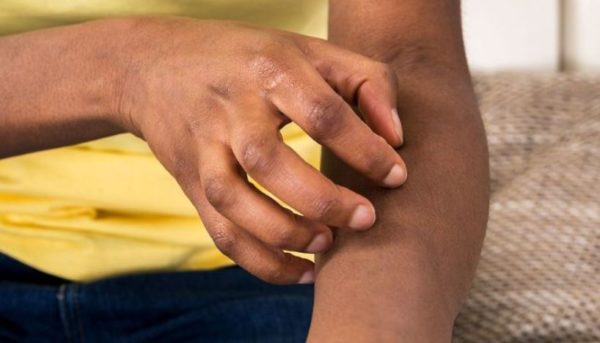Lifestyle
6 skin changes that can be warning signs of diabetes

Diabetes is the fastest growing long-term (chronic) disease, affecting millions of people across the globe.
It is a condition that can be managed by making simple lifestyle changes and taking regular medication under an expert doctor’s guidance.
Some people suffering from type 2 diabetes have also claimed to have reversed their condition by making lifestyle changes.
People suffering from diabetes are most likely to have dry and itchy skin due to poor blood circulation. But check the other skin changes that come with diabetes.
Here’s a list of them below:
1. Yellow, red or brown patches
Called necrobiosis lipoidica this skin condition begins as a solid bump that looks like a pimple. Over a period of time, these bumps turn into patches of hard and swollen skin. The skin on the area of the patch is itchy, shiny, and painful to touch.
2. Velvety feel on darker skin patches
You may find this type of feel in the skin on your neck. armpit, groin or elsewhere. This is an indicator of the likely presence of excess insulin in your blood. This condition is called acanthosis nigricans and is mostly found in people who are pre-diabetic.
3. Blisters
One might see a large blister, a group of blisters or both – appearing on limbs. They seem puffed and filled with a watery fluid. They appear like blisters that one suffers after a serious burn, and they are called bullosis diabeticorum, or diabetic bullae. But the blisters caused by diabetes may not be painful. The absence of pain, however, is no matter of relief.
4. Wounds that take long to heal
High blood sugar level for a long time can lead to poor blood circulation and nerve damage. Poor blood circulation and damaged nerves can make it hard for your body to heal wounds. If your wounds take longer to heal, take note and act before they begin turning into diabetic ulcers. Many people who have diabetes also have problems with immune system activation.
5. Yellow scaly patches on and around the eyelids
Build-up of LDL (bad) cholesterol or high-fat levels in the blood can cause yellow scaly patches on and around the eyes. Uncontrolled diabetes can cause a condition called xanthelasma, which causes such patches too. You should get a Lipid profile test and an Hb1AC test done and see a doctor who will advise you in time to save your heart and vascular health.
6. Digital sclerosis
Diabetics with poorly controlled blood sugar levels for years are likely to develop this state, it can feel like you have pebbles in your fingertips. In rare cases, the skin over the knees, ankles, or elbows also thickens, making it difficult to straighten your leg, point your foot, or bend your arm.










